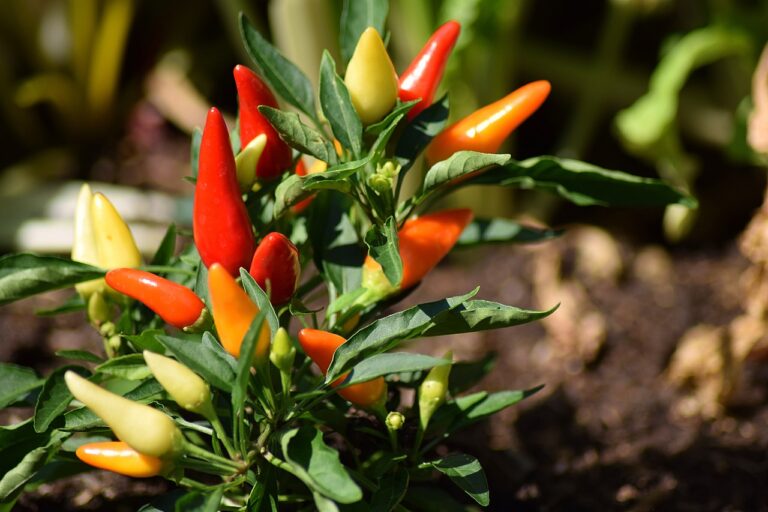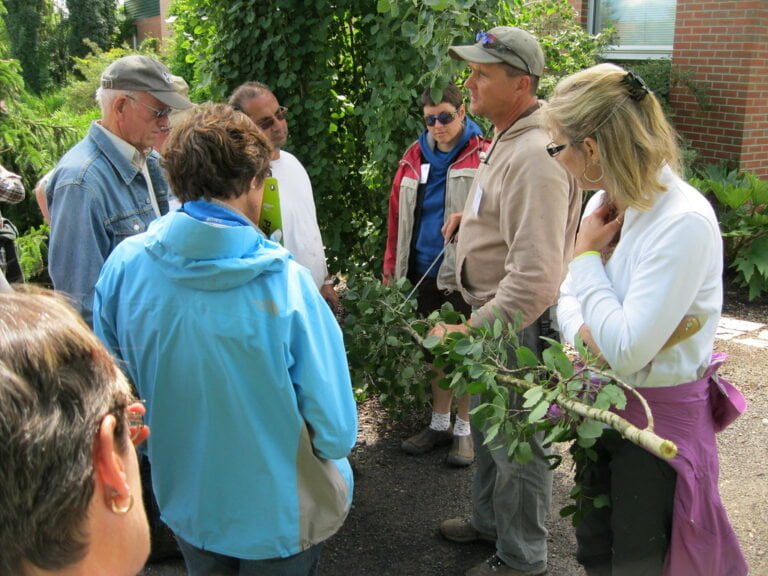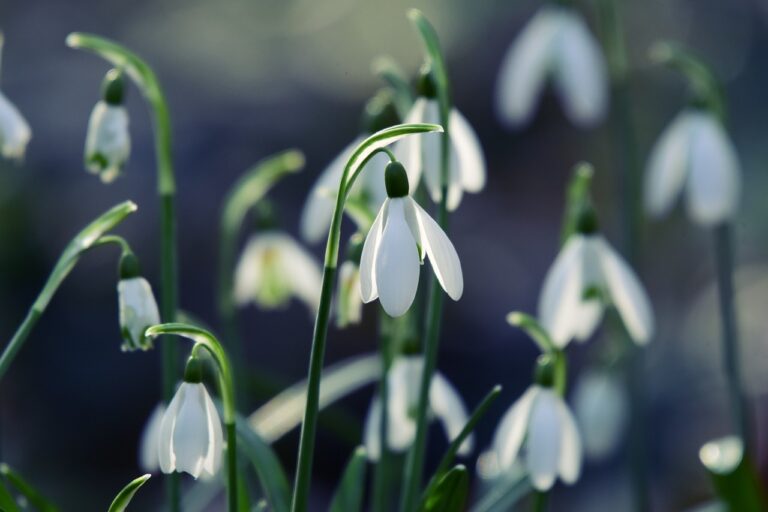Understanding Garden Maintenance Schedules: Weekly, Monthly, and Seasonal Tasks With a Garden Journal
If you want to keep your garden thriving, understanding maintenance schedules is key. In this article, you'll learn about weekly, monthly, and seasonal tasks, along with the benefits of keeping a garden journal. We'll cover everything from pest management to equipment maintenance, giving you the tools to ensure your garden stays healthy and vibrant. So, grab your gloves and let's dive into the world of garden care.
Importance of Garden Maintenance
Maintaining your garden regularly is crucial for preserving its health and beauty. By tending to your garden on a consistent basis, you ensure that plants receive the necessary care to thrive. Regular maintenance involves tasks such as watering, weeding, pruning, and fertilizing. These activities not only promote the overall well-being of your garden but also contribute to its aesthetic appeal. Additionally, staying on top of maintenance prevents issues such as overgrowth, pest infestations, and diseases, ultimately saving you time and effort in the long run. By dedicating time each week to tending to your garden, you demonstrate a commitment to nurturing and serving the natural world around you. This serves as a reminder of the beauty and tranquility that a well-maintained garden can offer to others.
Weekly Garden Tasks
To keep your garden in top condition, you need to consistently attend to it by performing essential tasks every week. Start by weeding your garden beds to prevent competing plants from stealing nutrients and sunlight from your desired plants. Deadhead flowers to encourage new blooms and remove any diseased foliage to prevent the spread of illness. Check for pests and treat as necessary to protect your plants. It's also important to water your garden deeply, especially during dry spells, and to monitor the soil moisture to ensure your plants are getting the hydration they need. Lastly, take the time to mow your lawn and trim any overgrown areas to maintain a tidy and manicured look. Regular weekly maintenance will keep your garden healthy and thriving.
Monthly Garden Tasks
Performing monthly garden tasks allows you to address more extensive maintenance and observe the overall health of your garden, ensuring its long-term success. In the monthly maintenance schedule, prioritize tasks such as pruning, fertilizing, and pest control. Regular pruning encourages healthy growth and enhances the aesthetic appeal of your garden. Assess the condition of your plants and trim any dead or overgrown branches. Additionally, apply a balanced fertilizer to replenish essential nutrients and promote vigorous blooming. Keep a keen eye out for signs of pests and diseases, addressing any issues promptly to prevent them from spreading. Lastly, take time to evaluate your garden layout and make any necessary adjustments to optimize the space and improve the overall functionality and beauty of your outdoor sanctuary.
Seasonal Garden Tasks
Assess your garden's needs and plan for seasonal garden tasks to ensure its continuous health and beauty throughout the year. As the seasons change, your garden requires different care to thrive. In the spring, focus on cleaning up winter debris, pruning, and preparing the soil for planting. Summer calls for regular watering, weeding, and deadheading flowers to encourage new blooms. Fall is the time for dividing perennials, planting bulbs, and clearing out annuals. Winter tasks include protecting sensitive plants, cleaning and sharpening tools, and planning for the upcoming year. Each season brings unique opportunities to nurture your garden. By staying attuned to the changing needs of your garden and planning ahead, you can maintain a beautiful and flourishing outdoor space all year round.
Creating a Garden Journal
You can effectively track and manage your garden tasks by keeping a detailed garden journal throughout the year. Start by choosing a journal that suits your style, whether it's a simple notebook or a dedicated garden planner. Divide your journal into sections for each month, allowing you to record observations, tasks, and ideas as the seasons change. Use the journal to note down important dates such as the first frost, planting times, or when specific flowers bloom. Additionally, include sections for garden layouts, plant profiles, and maintenance schedules. As you work in your garden, take a few moments to jot down any insights or lessons learned. Your garden journal will become an invaluable resource, providing a clear overview of your garden's progress and helping you make informed decisions throughout the year.
Tracking Plant Growth
Tracking plant growth involves monitoring and recording the development of your plants over time. To effectively track plant growth, start by noting the initial size and appearance of your plants when they are first planted. Keep track of any changes in height, new leaf growth, and the development of flowers or fruits. Use a ruler or measuring tape to measure the height of your plants, and take note of any visible changes in their overall size. Additionally, consider taking regular photos of your plants to visually document their growth progress. By maintaining detailed records of your plants' growth, you can better understand their individual needs and make informed decisions regarding their care and maintenance. This proactive approach to tracking plant growth will contribute to the overall health and vitality of your garden.
Pest and Disease Management
To effectively manage pests and diseases in your garden, regularly inspect your plants for any signs of infestation or illness, and promptly address any issues that arise. Keep an eye out for common pests such as aphids, caterpillars, and spider mites, and be on the lookout for symptoms of diseases like powdery mildew or leaf spot. If you notice any problems, consider using natural pest control methods like neem oil or insecticidal soap. Additionally, practicing good garden hygiene by removing dead or diseased plant material can help prevent the spread of pests and diseases. Remember to rotate your crops and diversify your plantings to reduce the risk of recurring issues. By staying vigilant and taking proactive measures, you can effectively manage pests and diseases in your garden.
Soil Maintenance and Fertilization
After addressing pest and disease management in your garden, transition to maintaining healthy soil and providing proper fertilization for optimal plant growth. Begin by testing your soil to understand its composition and nutrient levels. This will guide you in choosing the right type and amount of fertilizer. Consider using organic options such as compost, manure, or natural mineral-based fertilizers to promote long-term soil health. When applying fertilizers, follow the instructions carefully to avoid overfeeding or burning the plants. Additionally, consider implementing crop rotation and cover cropping to enrich the soil and prevent nutrient depletion. Regularly aerating the soil and incorporating organic matter can also improve its structure and fertility. By prioritizing soil maintenance and fertilization, you ensure that your garden remains a thriving environment for plants to flourish.
Pruning and Trimming Techniques
Once you have addressed soil maintenance and fertilization, it's essential to understand effective pruning and trimming techniques for maintaining healthy and aesthetically pleasing plants. When pruning, start by removing dead, diseased, or damaged branches to prevent the spread of pests and diseases. Use clean, sharp tools to make precise cuts at a 45-degree angle just above a bud or lateral branch. For shrubs and hedges, maintain their shape and encourage new growth by trimming after the flowering period. When trimming, remember to consider the plant's natural form and growth habits. Avoid excessively cutting into the green, leafy parts of the plant, as this can impede its ability to photosynthesize and thrive. By mastering these techniques, you can help your garden flourish and maintain its beauty throughout the seasons.
Equipment Maintenance
Maintain your gardening equipment regularly to ensure optimal performance and longevity of your tools. After each use, take a few minutes to wipe down your tools with a clean cloth to remove any dirt or moisture. Inspect the blades of your pruners, loppers, and shears for any signs of damage or dullness, and sharpen them as needed to ensure clean cuts. Check the handles of your tools for any splinters or cracks, and sand them down if necessary to prevent any injuries to your hands. Additionally, keep your lawn mower blades sharp and clean to promote healthy grass growth. Properly clean and lubricate all moving parts of your equipment to prevent rust and ensure smooth operation. By maintaining your gardening equipment, you'll be better prepared to tackle your garden tasks efficiently and effectively.
Conclusion
Now that you understand the importance of garden maintenance, it's time to put your knowledge into action. Keep up with your weekly, monthly, and seasonal tasks using a garden journal to stay organized. Don't forget to manage pests and diseases, maintain your soil, and keep your equipment in top shape. With these practical techniques, your garden will thrive and flourish all year round. Happy gardening!






